Digital Animation Control System
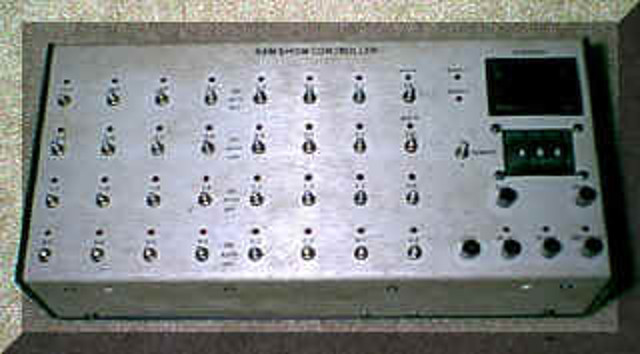
Sadly, Walt passed away just two months after recording his Florida Project plans on film. The company tried mightily, but could not figure out how to bring Walt’s grand ideas to fruition. So they decided to focus on the Disney World portion of the project, building the Magic Kingdom theme park that was always part of the plan.
Meanwhile, the company continued to adapt to rapidly changing technology. The next major development in audio animatronics occurred in 1969 with the introduction of the Digital Animation Control System (DACS), and it was a true game changer. For the first time, audio animatronics could be controlled by computer disks rather than magnetic tapes. In tandem with the Anicon-Animation Console, which debuted at the same time, Imagineers could now program and control the audio animatronics with the push of a few buttons.
This technology gave previously unimaginable levels of realism to audio animatronic shows, added the ability to also control the lights, sound system, and special effects from the same computer, and eventually moved everything into a single control room for each park. DACS has been updated and improved over the years, but remains largely the same system that was introduced in 1969.
Epcot
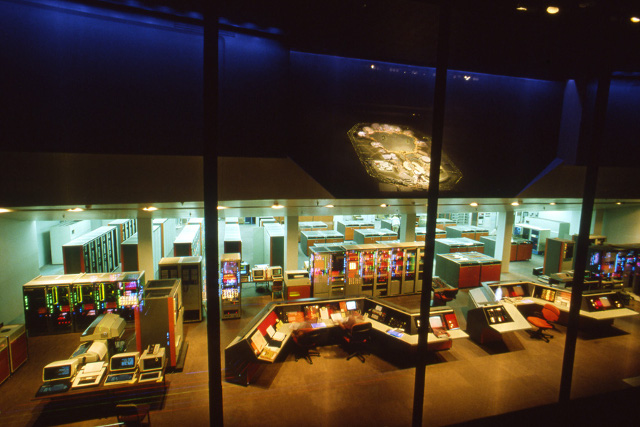
Florida’s Magic Kingdom opened in 1971, and was an instant success. Building and improving upon the lessons learned from Disneyland, the Imagineers took advantage of every opportunity to tweak or plus attractions with continually evolving technology. But EPCOT was never far from the company leaders’ minds. With the Magic Kingdom performing well, Disney decided to go ahead with Walt’s concept, albeit in a very different package. EPCOT Center was developed as a theme park.
Celebrating the twin ideals of a clean, streamlined future and harmony among the nations of the world, EPCOT Center (now Epcot) opened in 1982. From its beginnings, the park focused heavily on emerging technology, particularly the then-nascent personal computer revolution. A major draw was CommuniCore, billed as the hub of EPCOT Center. One of CommuniCore’s most popular displays was the massive bank of computers inside EPCOT Computer Central, which ran most of the park. First the much maligned Astuter Computer Revue, then the Backstage Magic show, explained EPCOT Computer Central to the mostly computer naïve crowd.
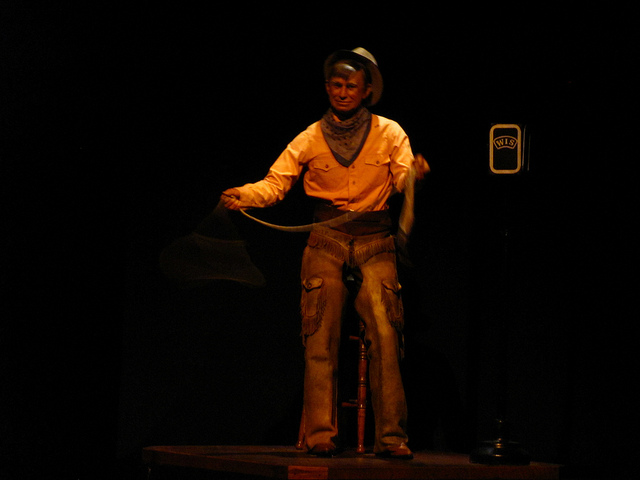
Although it had a different focus, the World Showcase was no less technologically advanced. In fact, the American Adventure contained (and still houses) two of the most impressive audio animatronics of their time. When checking on Thomas Jefferson’s progress on the Declaration of Independence, Benjamin Franklin became the first audio animatronic to actually walk—and up several stairs, no less! Meanwhile, famed cowboy and actor Will Rogers also showed up in audio animatronic form, twirling an actual lasso.
The Wicked Witch of the West
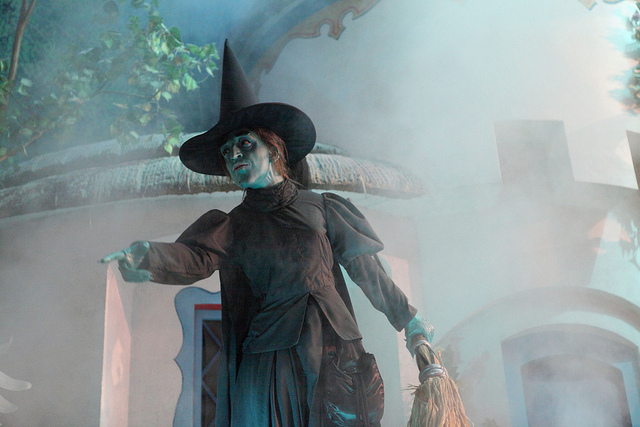
Due to his previous stint at Paramount Pictures, which Universal had approached for a possible partnership, then-CEO Michael Eisner was well aware in the mid-1980s that Universal was planning to bring its movie theme park concept to the Orlando area. Thanks to the Reedy Creek governance system that Walt had set up, which enabled the company to bypass much of the permitting process, Disney was able to beat Universal to the punch. The company opened its own movie park, Disney-MGM Studios (now Disney’s Hollywood Studios), in 1989, a full year ahead of Universal.
An opening day attraction that is still open today is the Great Movie Ride, a romp through scenes from some of the most iconic films of all time. The Wizard of Oz scene features the Wicked Witch of the West, the first in Disney’s new A-100 line of audio animatronics, bringing a tremendous lifelike quality that was previously impossible to attain. One improvement was that rather than a single actuator controlling four fingers, each finger now contained its own individual actuator. But the bigger secret was found in something known as compliance technology.
Previously, audio animatronic movements had to be very precise, slow, and deliberate. Faster movements, coupled with the sudden stops that were an inherent limitation of the technology, caused the figures to shake and shudder unnaturally. With compliance technology, however, body parts could continue slightly past their programmed stop point, slow to a stop, and return to their intended position. This created a shock absorption effect that removed the shaking and shuddering.
A-100 audio animatronics are still the standard for most attractions today, although they have been refined and improved numerous times. Perhaps one of the most stunning examples of an A-100 is the series of Captain Jack Sparrow figures that were installed at Pirates of the Caribbean in 2006. Especially when compared to the existing pirate figures, they are a mind-bogglingly realistic depiction of Johnny Depp as Captain Jack.
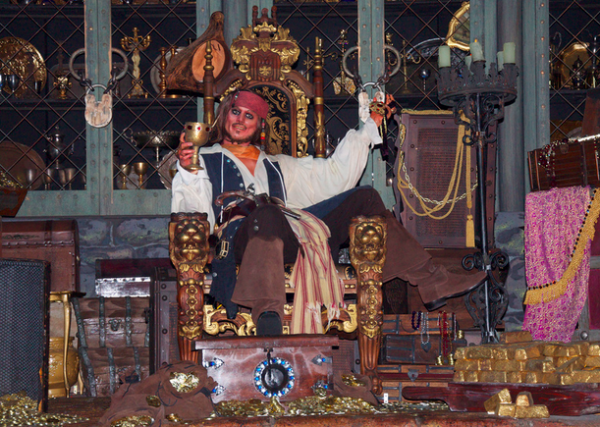
Add new comment